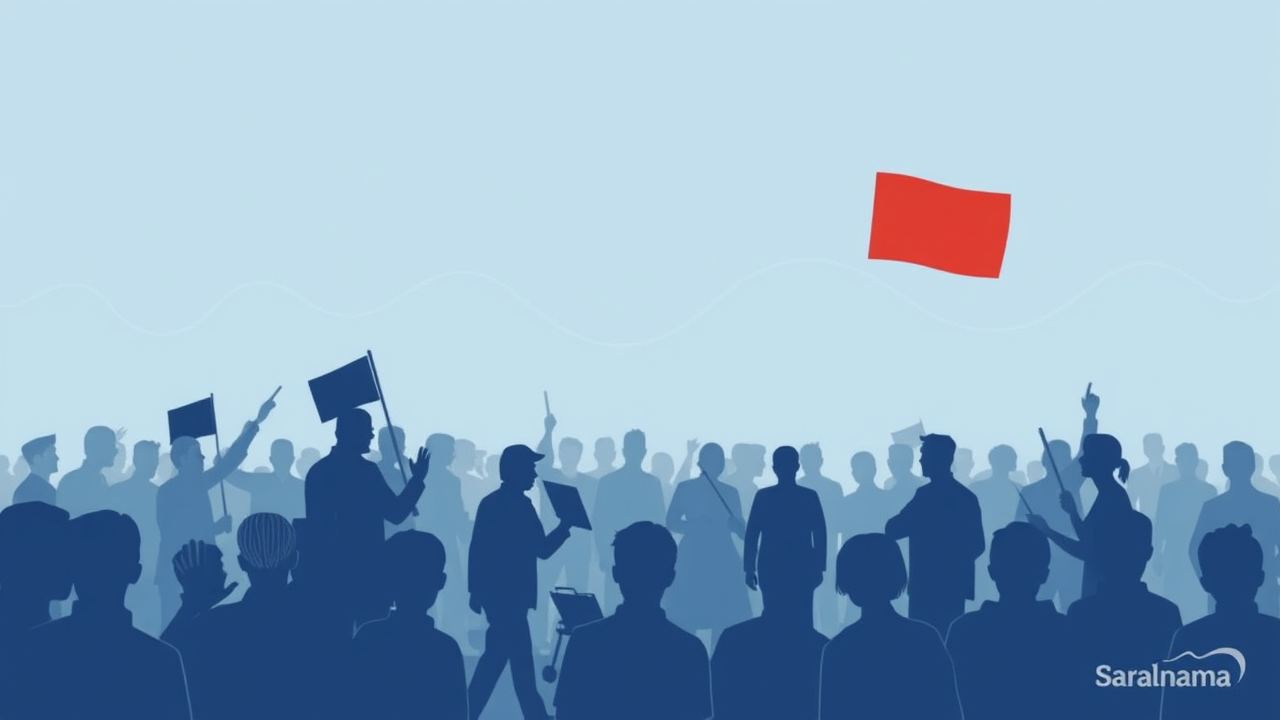Bihar recorded its highest-ever voter turnout of 66.91% in the recent Assembly elections, marking an increase of 9.62 percentage points over the 57.29% recorded in 2020. This surge is significant, as historical data shows that increased turnout has often led to government changes in the state. Since the first Assembly elections in 1951, Bihar has witnessed voter turnout rises coinciding with power shifts on five occasions. Both the ruling NDA and the Opposition Mahagathbandhan claim this increase favours them. Given the narrow margins of the 2020 results, this dramatic rise in voting is expected to play a decisive role. In 132 constituencies, the turnout jumped by over 10 percentage points, with 20 seats recording increases exceeding 15%. These patterns have historically influenced election outcomes, making Friday's results closely watched.

Historical Patterns of Turnout and Power Shifts
Over the past 17 Assembly elections, Bihar has experienced five instances where increased voter turnout led to government changes. The first occurred in 1967 when the Jan Kranti Dal defeated Congress after turnout rose 7.04 percentage points to 51.51%. Congress returned in 1969 with a marginal 1.28 percentage point increase. The Janata Party won in 1977 despite a turnout drop, but Congress regained power in 1980 after a significant 6.77 percentage point rise to 57.28%. In 1990, turnout crossed 60% for the first time, bringing Lalu Prasad's Janata Dal to power. The 2005 elections saw Nitish Kumar become Chief Minister after low turnout, but since then, turnout has risen steadily through 2010, 2015, and 2020.
Constituency-Level Changes and 2020 Comparison
Among the 20 constituencies where turnout increased by over 15%, Belsand recorded the highest rise at 17.86%, followed by Mohiuddinnagar at 17.84% and Jhajha at 17.81%. In 2020, JD(U) had won 7 of these seats, BJP 5, and RJD 5, with Congress winning one. Historical data shows that in 2015, all three seats with turnout increases above 10 percentage points witnessed MLA changes. In seats with over 5 percentage point increases during 2015, 45 out of 83 elected different parties compared to 2010. This pattern suggests that the 132 seats with over 10% turnout increase this time could significantly impact final results.
Source: Link
